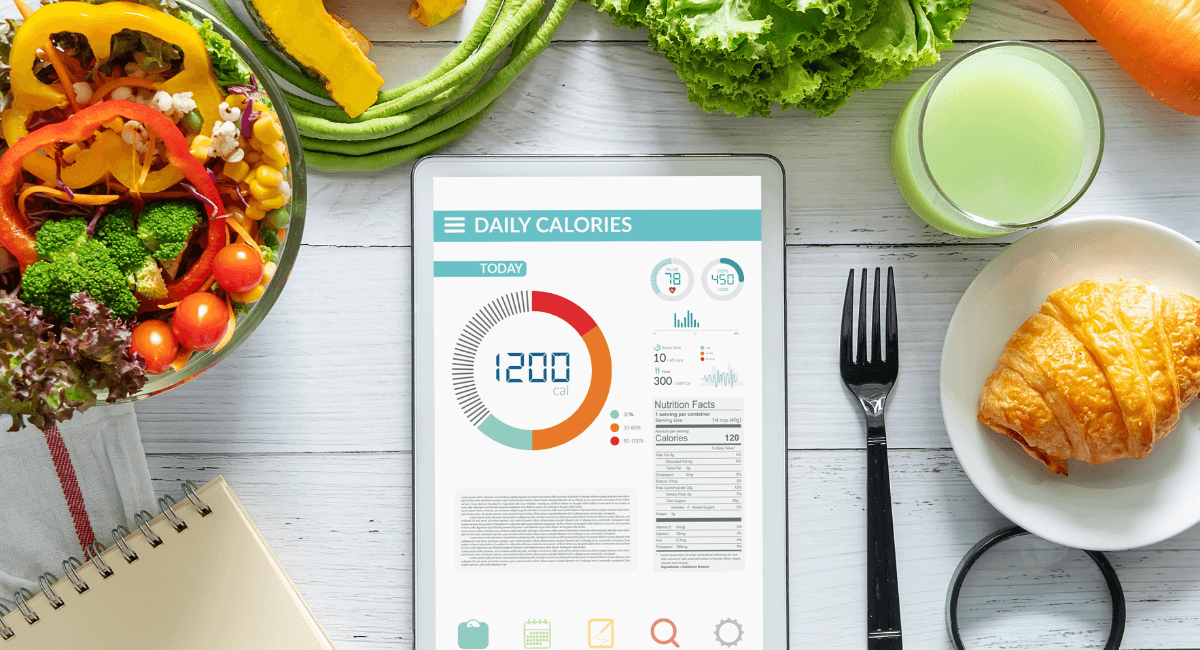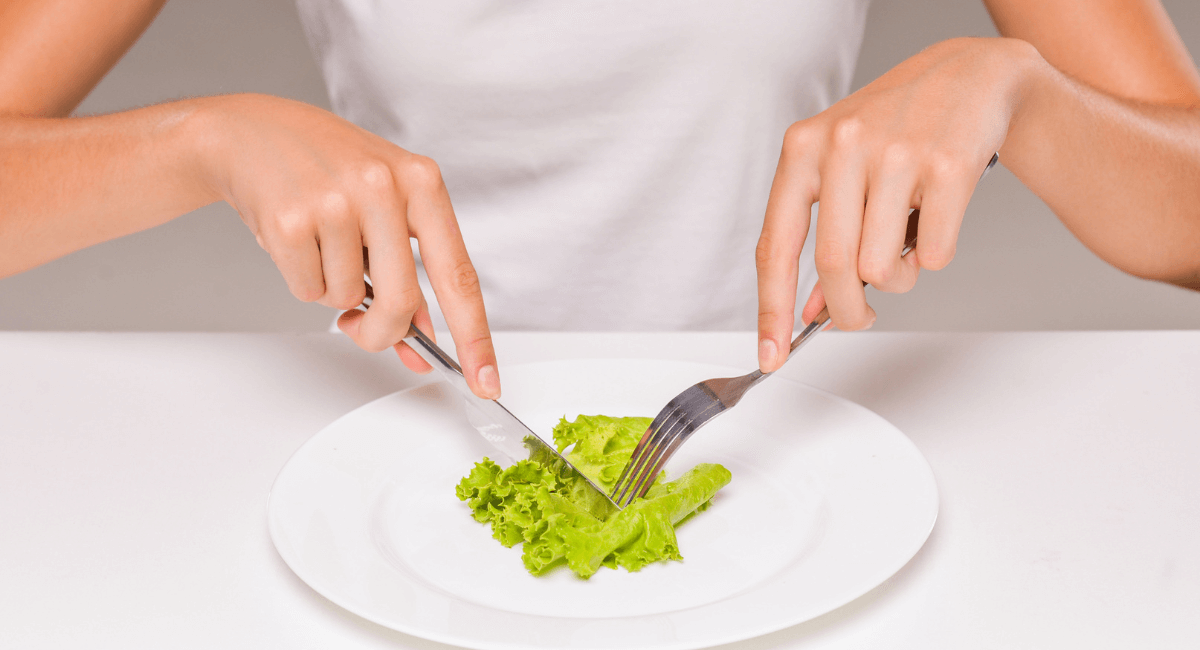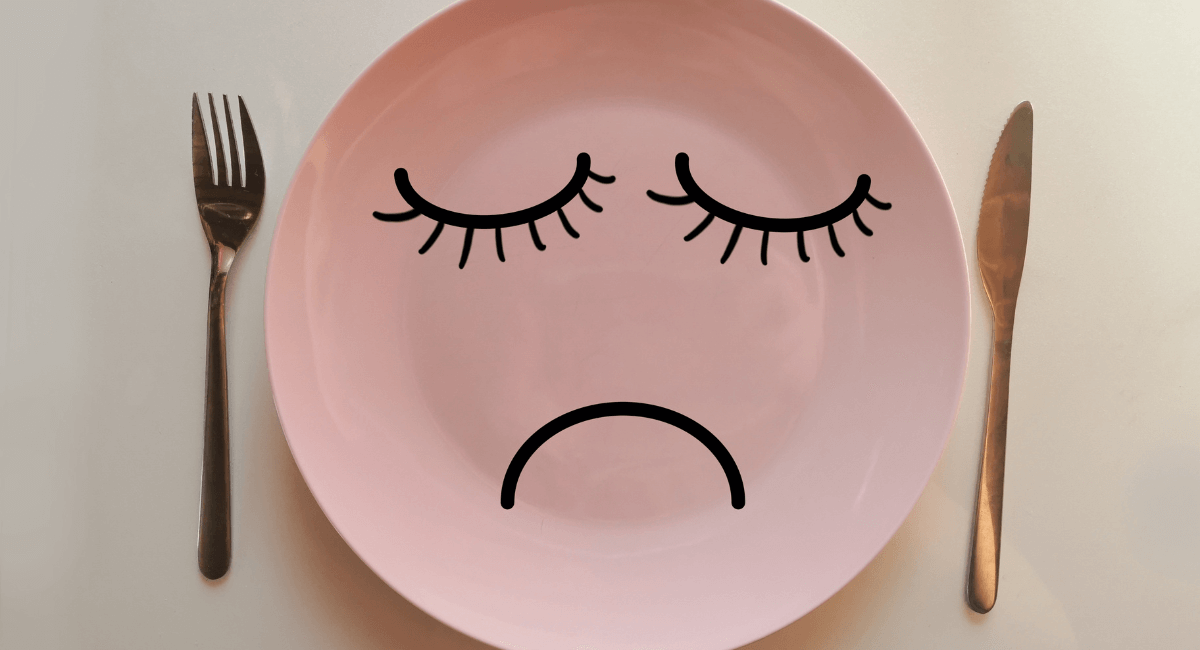Let’s face it: weight loss can feel like a constant game of detective work. You’re doing everything “right” — sticking to the gym, cutting back on sugar, and tracking your meals — but the scale won’t budge. The truth is, there could be some sneaky culprits in your diet that might be working against you, hiding in plain sight, adding up more calories than you realize. Today, we’re unmasking these hidden calories and offering simple tips to help you make more informed choices so you can keep the progress rolling without feeling deprived.
1. The Sneaky Saboteur: Alcohol
We’ve all been there: a glass of wine at dinner, a cocktail with friends, or that celebratory beer. But those seemingly innocent drinks can pack a surprisingly hefty calorie punch. Alcohol doesn’t just come with empty calories (hidden calories that provide no nutritional value) — it also impairs your body’s ability to burn fat effectively.
Why? Why? When you consume alcohol, your liver prioritizes metabolizing it over burning fat. Essentially, your body is too busy dealing with the alcohol to focus on weight loss. Additionally, alcohol disrupts sleep, which is when metabolism is restored and hormone levels like insulin and cortisol are regulated. Poor sleep can throw these hormones out of balance, making it harder to burn calories and manage weight. Plus, many alcoholic beverages, especially cocktails, are loaded with sugar and mixers that contribute to hidden calories.
For example:
- A 5-ounce glass of red wine can contain around 125 calories (and that’s without the dessert!).
- A mixed drink like a mojito could easily top 200-300 calories, depending on how much sugar or syrup is added.
- Light beer is a little better, but even a 12-ounce bottle can have 100 calories.
The moral of the story: If you’re tracking calories and still struggling with weight loss, be sure to account for alcohol. And consider opting for lower-calorie beverages, like vodka soda with lime or a light beer, to keep things in check (Micha et al., 2017).
2. Beware of “Healthy” Snacks
There’s a common misconception that just because a snack is marketed as “healthy,” it’s automatically low-calorie. Unfortunately, even the healthiest snacks can pile on the calories if you’re not mindful.
Take nuts, for instance. Nuts are a fantastic source of healthy fats, protein, and fiber — but they’re also calorie-dense. A small handful (about 1 ounce) of almonds can pack 160 calories. Sounds innocent enough, right? But if you’re snacking without measuring, it’s easy to eat two or three handfuls, which means you’re consuming 480 or more calories — without even realizing it.
Similarly, granola is often marketed as a healthy breakfast or snack option, but it’s another calorie bomb in disguise. A typical serving of granola can be as high as 200-250 calories, and most people don’t stop at a single serving. Granola, especially the store-bought versions, often contains added sugars and oils, making it an easy way to overconsume calories.
So, what can you do? Portion control is key here. Pre-portion your snacks into small containers, and remember: just because it’s labeled “healthy” doesn’t mean it’s low-calorie. This is especially true for gluten-free items, which are often marketed as a better choice but can still be high in carbs or empty calories. Moderation is essential (Broussard & Van Cauter, 2018).
3. The “Low-Fat” Myth
In an effort to cut calories, many people reach for “low-fat” or “fat-free” products, thinking they’re making a healthier choice. But this mindset can backfire. Low-fat foods are often packed with added sugars, starches, and artificial flavoring to make up for the flavor and texture lost when fat is removed. Those additives often make these foods just as calorie-laden (if not more so) as their full-fat counterparts.
For instance, a fat-free yogurt might sound like a great idea, but it could contain up to 30% more sugar than its full-fat counterpart. This excess sugar is hidden, and before you know it, you’re consuming more calories than you intended. In fact, some research suggests that when we opt for low-fat or fat-free foods, we tend to eat more of them, believing they’re “healthier” (Lichtenstein et al., 2021).
4. The Hidden Danger of Condiments
You’ve probably heard that a tablespoon of salad dressing can add unnecessary calories. What you might not realize is just how quickly those extra calories can stack up. If you’re using creamy dressings or sauces (think ranch, Caesar, or blue cheese), you could be adding 100-200 calories or more without even noticing.
Even “healthier” condiments, like balsamic vinaigrette, can quickly escalate calorie intake when you over-pour. According to a study in the Journal of the American Dietetic Association, many people use more dressing than they think, which adds unwanted calories to their meals (Lichtenstein et al., 2021).
One solution? Go easy on the condiments or opt for lighter options. A tablespoon of olive oil or a squeeze of lemon juice can be just as satisfying and much lower in calories than a heavy dressing.
5. Coffee Drinks: The Sweetened Trap
We all need our morning pick-me-up, but many popular coffee drinks come with surprising amounts of sugar and calories. A Starbucks venti caramel frappuccino with whipped cream contains 500-600 calories, which is more than some meals!
Even black coffee, which is virtually calorie-free, can quickly turn into a calorie bomb if you load it up with sugar, milk, syrups, and creamers. If you’re on a weight loss journey, be mindful of how much you’re adding to your coffee, especially those sugary, flavored syrups. Try switching to unsweetened almond milk or using a small splash of cream — these options will give you flavor without the extra calories (Ellis & Olsson, 2020).
6. How to Tackle Hidden Calories: Practical Tips for Success
Now that we’ve unmasked some of the most common hidden calorie culprits, let’s talk about some actionable tips for making better choices:
- Knowledge is Power: Consider using a food tracking app as a tool for greater awareness. While it may take a bit of time to get used to, it can help you identify where hidden calories might be adding up, empowering you to make more informed decisions.
- Read Labels: Look for hidden sugars, fats, and calorie-dense ingredients when shopping. Just because something is marketed as “light” or “healthy” doesn’t mean it is.
- Cook at Home: Restaurant meals can be especially tricky. Not only are they often served in larger portions, but they can contain hidden oils, sugars, and fats. Cooking at home gives you full control over what’s going into your food.
- Mind Your Portions: Even healthy foods can contribute to weight gain when eaten in excess. Invest in measuring cups or a kitchen scale to ensure you’re eating the right portions.
- Drink Water First: Sometimes, our hunger is actually thirst in disguise. Try drinking a glass of water before a meal to help curb unnecessary snacking.
7. Balance, Not Perfection
Weight loss isn’t about being perfect — it’s about being consistent and making informed decisions. It’s okay to indulge in your favorite foods occasionally, but the key is moderation and awareness. With the right tools and mindset, you can still enjoy life’s pleasures without letting those sneaky calories derail your progress.
Remember, every journey is unique, and the goal isn’t just about looking good but feeling great in your own skin. Stay empowered, stay educated, and take control of your health!
If you’re ready to take control of your health and weight loss journey, we’re here to support you every step of the way! We are currently accepting new patients and offer personalized nutrition guidance to help you reach your goals with confidence and ease.
Our team will work with you to create a sustainable plan that empowers you to achieve your goals, feel your best, and thrive—without stress or confusion. Schedule your free consultation today and start making lasting, positive changes!
References:
- Micha, R., Peñalvo, J. L., Cudhea, F., & Imamura, F. (2017). Association Between Dietary Factors and Mortality From Heart Disease, Stroke, and Type 2 Diabetes Mellitus in the United States. JAMA, 317(9), 912-924. DOI: 10.1001/jama.2017.0947
- Lichtenstein, A. H., Appel, L. J., Brands, M., Carnethon, M., Daniels, S., Franch, H. A., … & Wylie-Rosett, J. (2021). Diet and Lifestyle Recommendations Revision 2006: A Scientific Statement From the American Heart Association Nutrition Committee. Journal of the American Dietetic Association, 121(4), 431-437. DOI: 10.1016/j.jada.2020.12.011
- Broussard, J. L., & Van Cauter, E. (2018). Role of Sleep in Regulation of Energy Balance: Effects on Energy Intake and Energy Expenditure. Physiological Reviews, 98(3), 1181-1211. DOI: 10.1152/physrev.00039.2017
- Basu, A., Rhubart-Berg, P., & Harris, S. (2021). Impact of Sugar-Sweetened Beverage Consumption on Health Outcomes in the U.S. American Journal of Public Health, 111(8), 1434-1441. DOI: 10.2105/AJPH.2021.306272
- Ellis, A. C., & Olsson, S. (2020). Low-Fat Diets and Weight Loss: The Hidden Role of Portion Control and Caloric Density. European Journal of Clinical Nutrition, 74(1), 79-88. [DOI: 10.1038/s41430-019-0426-9](https://doi.org/10.1038










